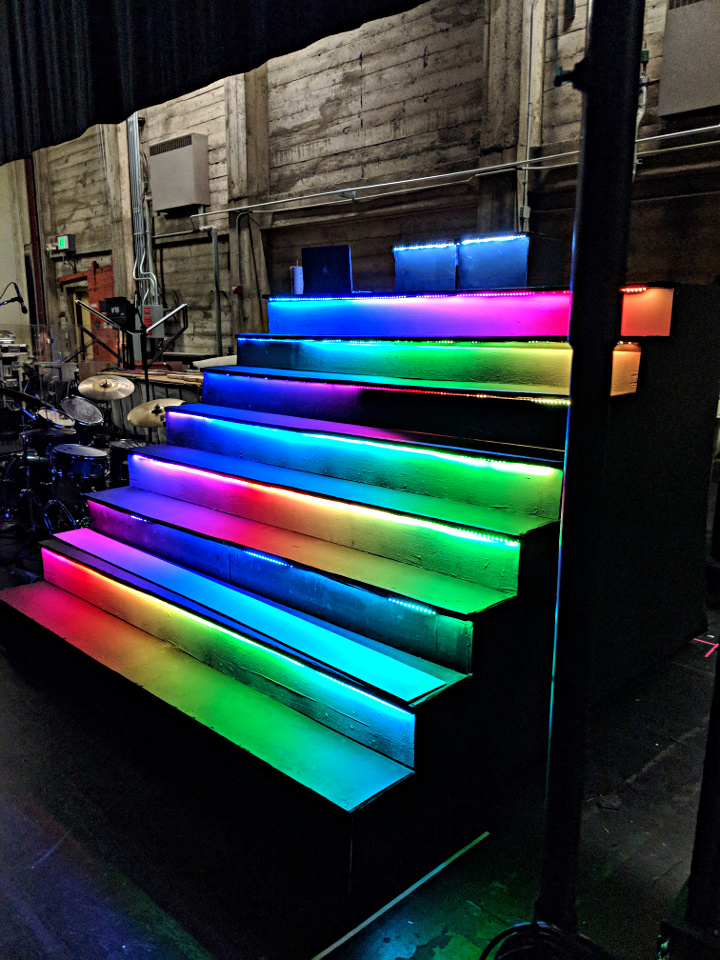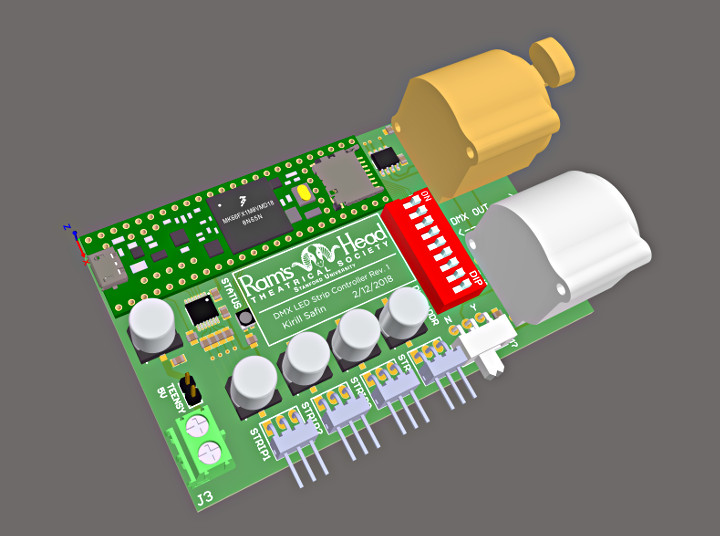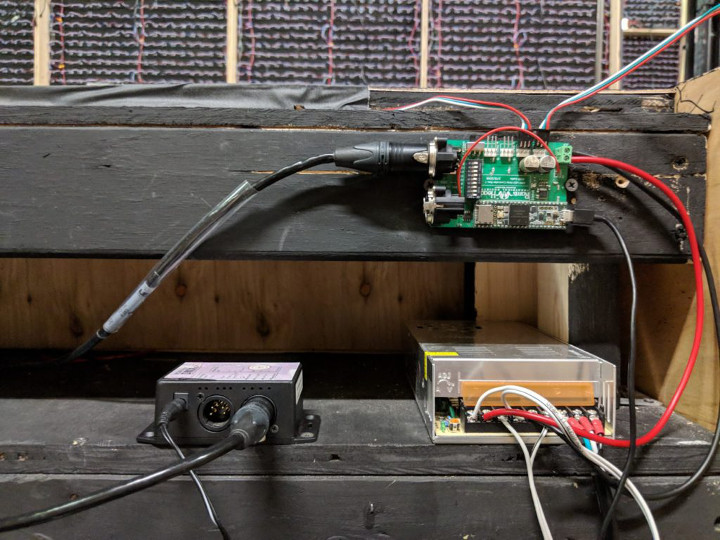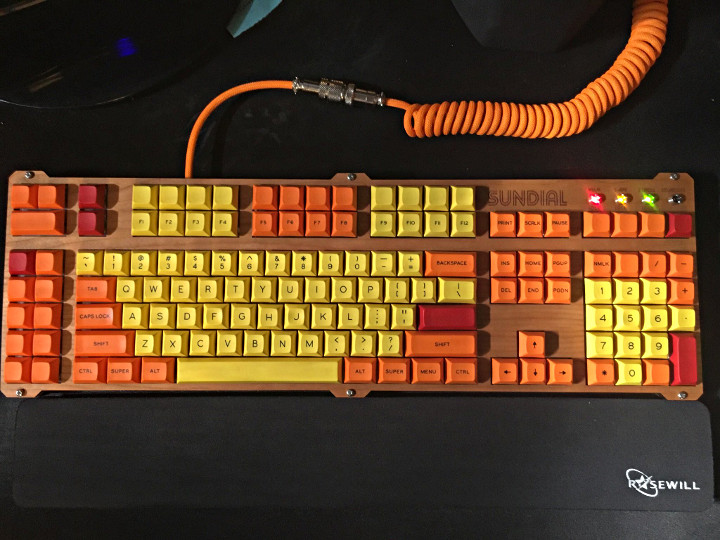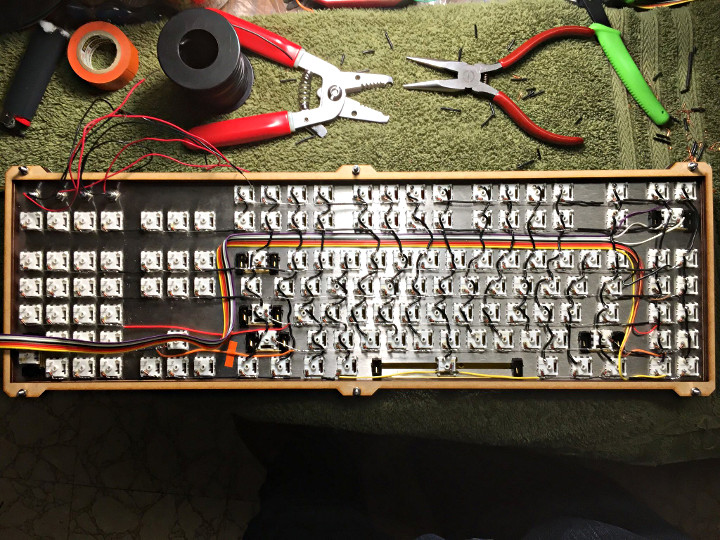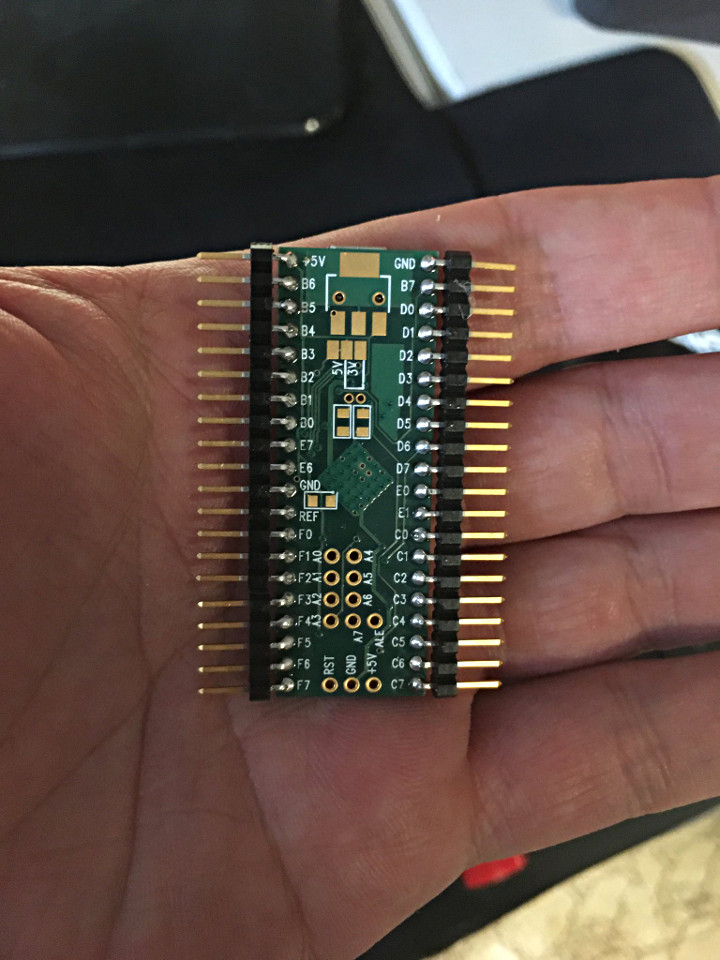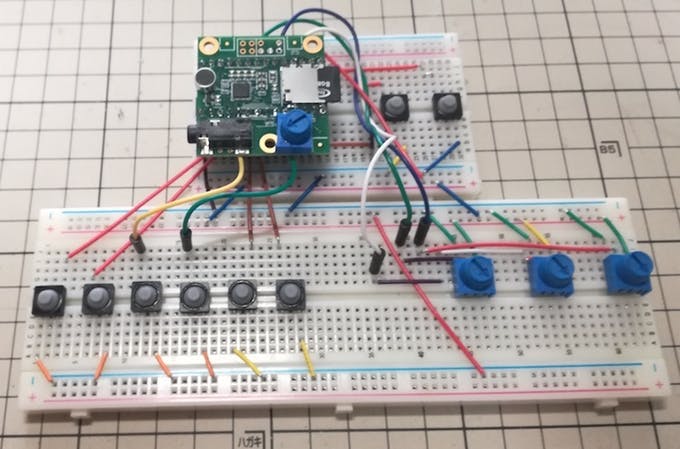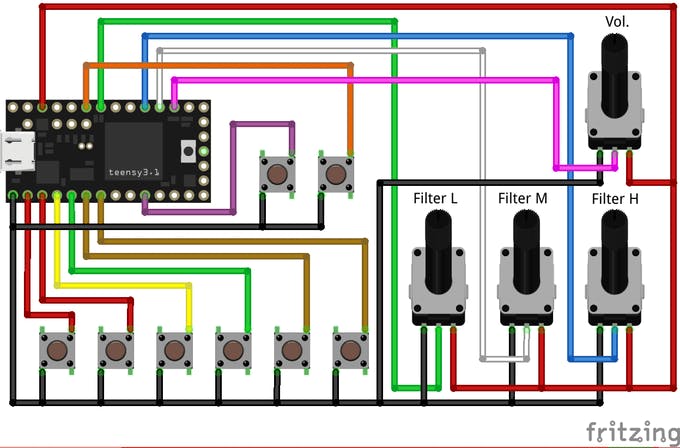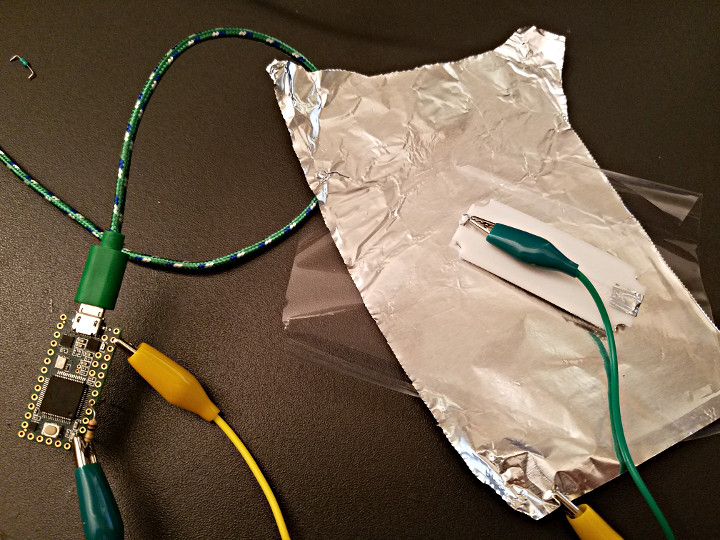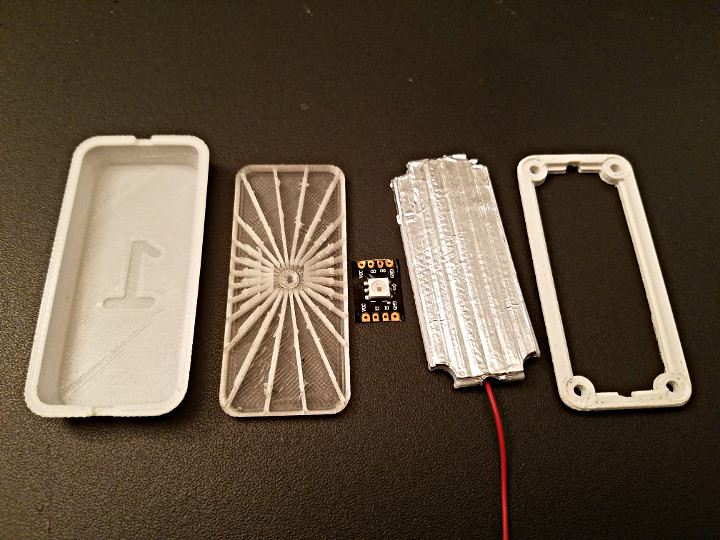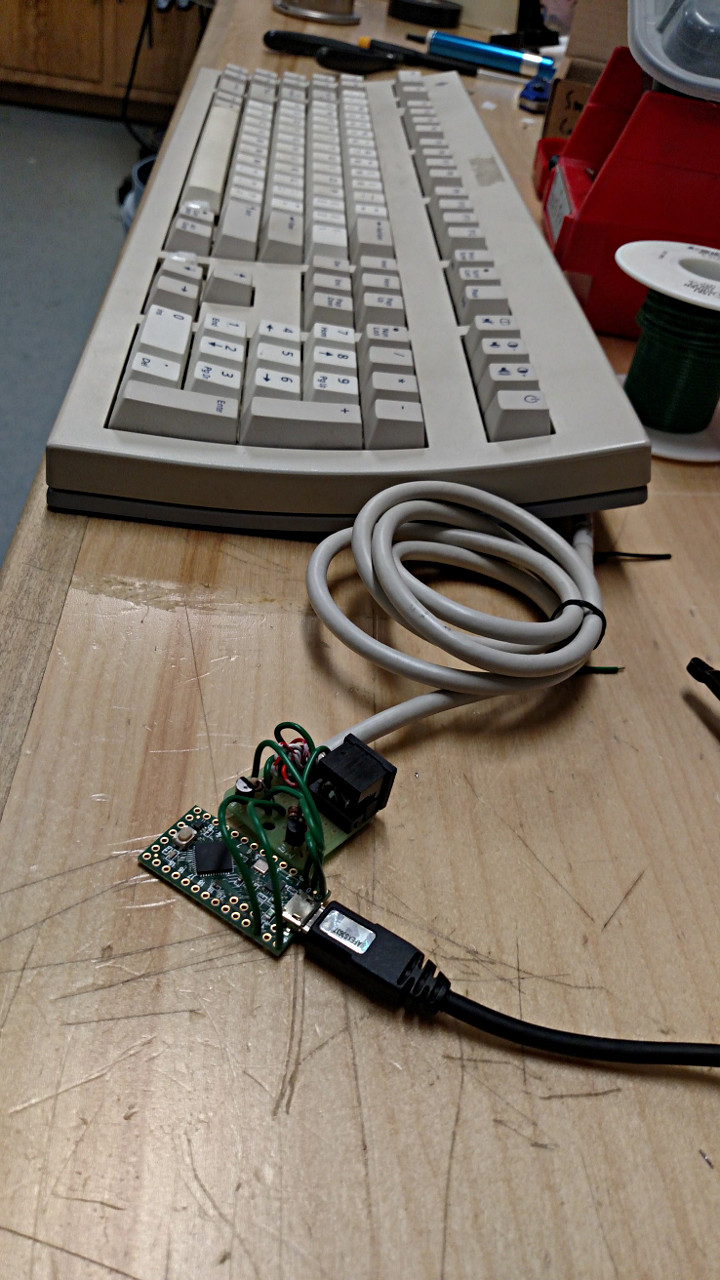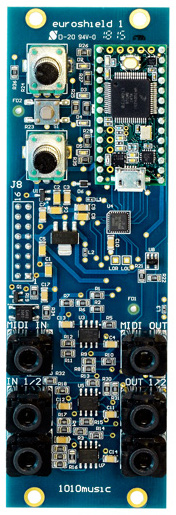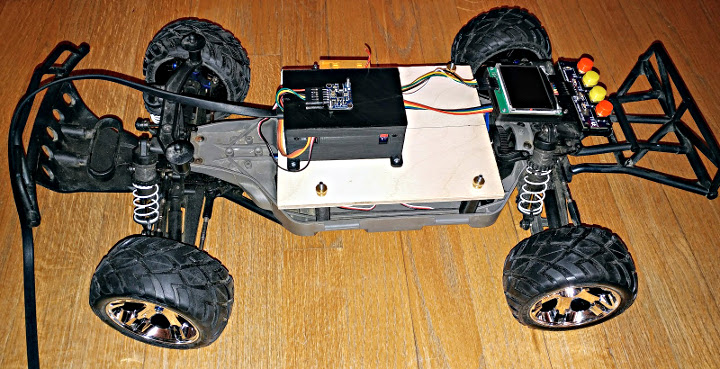Scott Pitkethly (aka unicornpower on the forum & cutlasses on his blog) developed a trio of Teensy based DIY eurorack modules – Glitch Delay, Audio Freeze, and KhronoKrusher. They all fit together in a nifty little lunchbox.
We posted about the original Glitch Delay module back in June. The Audio Freeze module allows you to record samples and play them back with added effects. KhronoKrusher is a lo-fi delay module that takes advantage of the new reverb effect (using Freeverb) added to the Teensy Audio library relased with Teensyduino V 1.42.
This video shows the Audio Freeze module in action.
Scott’s blog has some great information on the modules including details about how the modules work.
Code and schematics for all the modules can be found on Scott’s GitHub repository.
